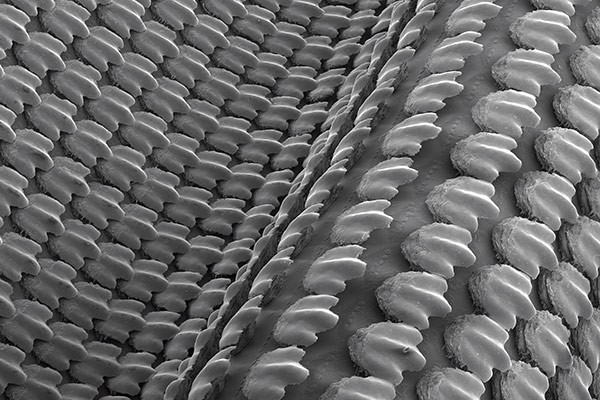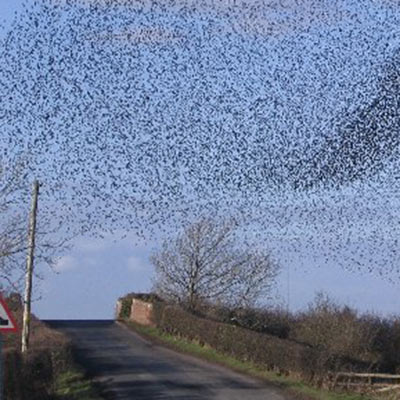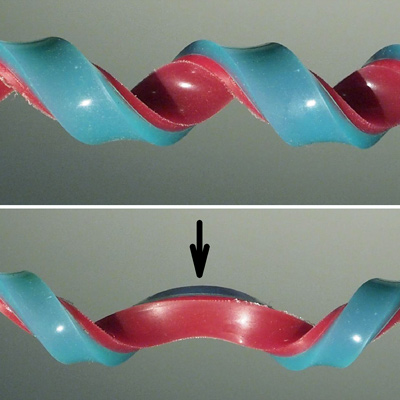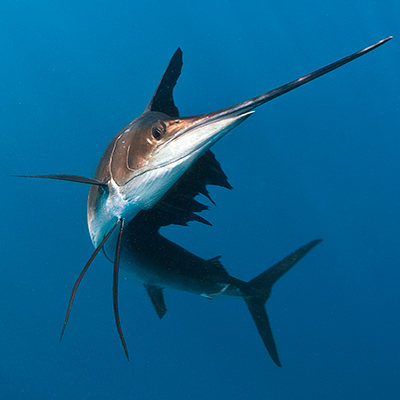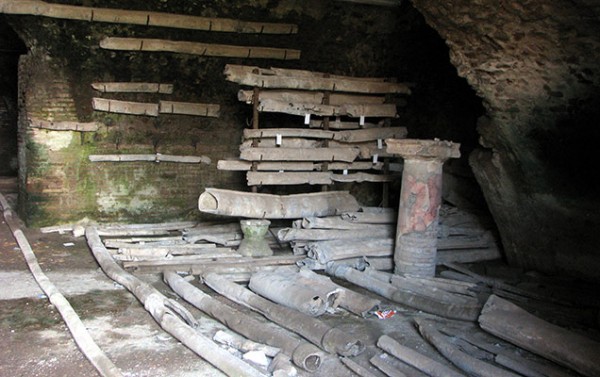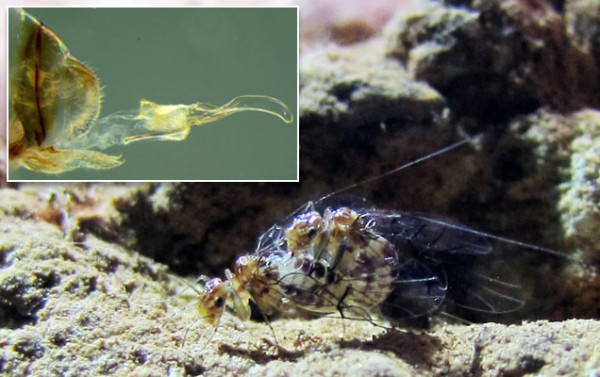Why Asian-American Students Outperform Their White Peers
Science, May 2014
When it comes to academic achievement, Asian-Americans outclass every other ethnic group, with more than half over age 25 holding a bachelor’s degree—well above the national average of 28%. To find what gives Asian-Americans a leg up, a team of sociologists scoured two long-term surveys covering more than 5000 U.S. Asian and white students. After crunching test scores, GPAs, teacher evaluations, and social factors such as immigration status, the team reports a simple explanation online today in the Proceedings of the National Academy of Sciences: Asian-American students work harder.
